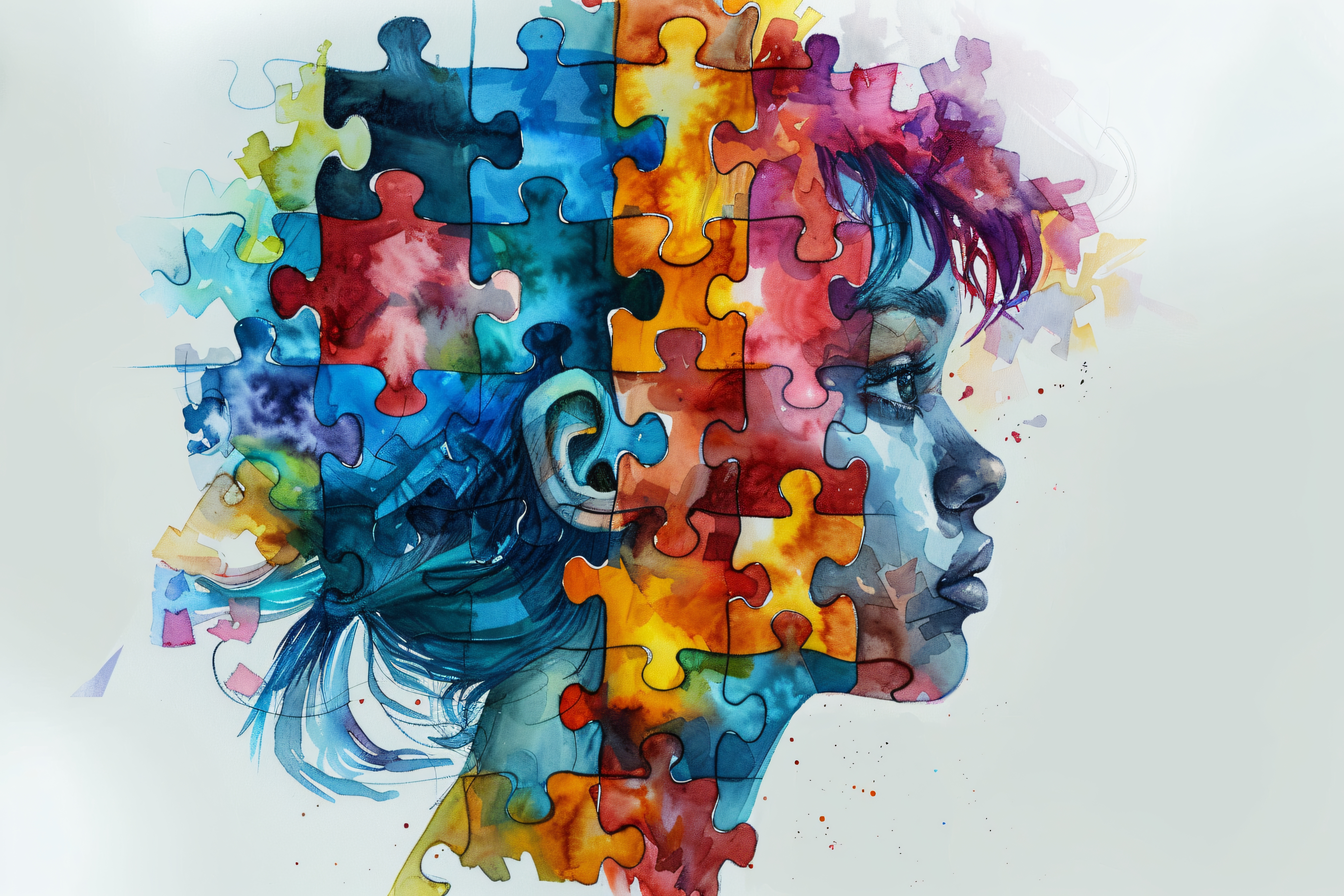
Thu Aug 01 - Written by: Stuti S.
The Art of Autism
Appreciation for the intense creativity and unique artistic expressions of individuals on the spectrum.
Unlocking Creativity and Breaking Barriers
Autism Spectrum Disorder (ASD) is often highlighted for its challenges and differences, but there’s a growing appreciation for the intense creativity and unique artistic expressions of individuals on the spectrum.
The art produced by those with autism transcends mere self-expression; it breaks down barriers, challenges misconceptions, and introduces a fresh perspective to the world of creativity.
Understanding Autism and the Creative Mind
Autism Spectrum Disorder (ASD) affects communication, behavior, and social interactions, leading many individuals to perceive the world distinctively.
This often translates into extraordinary artistic talents that serve as a powerful form of self-expression.
For individuals on the spectrum, art becomes a crucial means of communication, offering a rich avenue to convey thoughts and emotions when verbal communication is challenging.
Autistic individuals often display exceptional attention to detail and a strong focus on specific interests, which translates into remarkable artistic skills that provide a fresh and deeply personal perspective.
Distinctive Characteristics of Autistic Art
The art created by individuals with autism often stands out due to its distinctive qualities:
-
Attention to Detail: Autistic artists frequently exhibit extraordinary attention to detail. Their works often feature complex patterns, vibrant colors, and exacting precision that captivates viewers.
-
Unique Perspectives: Autistic artists offer fresh and unconventional perspectives. Their art challenges conventional aesthetics and invites viewers to see the world through a different lens.
-
Emotional Expression: Art can serve as an intense emotional outlet for individuals with autism. Through their creations, they convey deep feelings and complex inner worlds, offering insights into their experiences.
-
Repetitive Elements: Some autistic artists explore repetitive themes, which reflect their interests and can serve as a therapeutic practice.
Notable Autistic Artists
Several autistic artists have gained recognition for their exceptional contributions to the art world. Here are a few examples:
-
Stephen Wiltshire: Wiltshire is renowned for his ability to draw detailed cityscapes from memory after only brief observation. His works have been exhibited globally, showcasing his incredible talent and photographic memory.
-
Jessica Park: Park’s vibrant paintings often depict architectural landmarks and celestial themes. Her use of color and detail has garnered admiration and highlights her unique artistic vision.
-
Donna Williams: An accomplished artist, author, and musician, Williams explored themes of identity and sensory experiences in her work, offering a deeply personal perspective on life with autism.
The Role of Art in Autism Advocacy
The art created by individuals with autism plays a vital role in advocacy and raising awareness about the diverse abilities of people on the spectrum.
By showcasing their talents, we challenge misconceptions and foster a more inclusive understanding of autism.
Organizations like The Art of Autism provide platforms for autistic artists to display their work, connect with others, and gain recognition, thereby empowering the artists and educating the public about the richness of autistic creativity.
Conclusion
The art of autism is a powerful medium for advocacy, challenging misconceptions, and promoting inclusivity.
The unique perspectives and talents of autistic artists enrich our understanding of creativity and diversity, fostering a more inclusive and appreciative society.